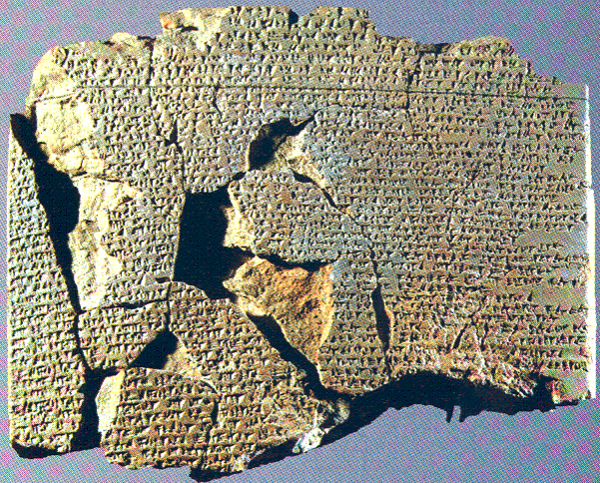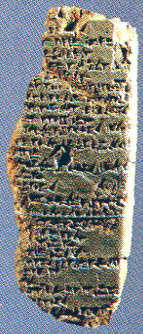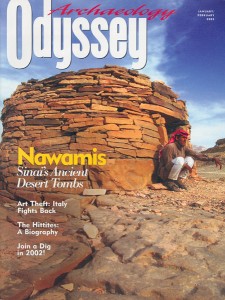“Good Peace”: The Hittite-Egyptian Treaty
Sidebar to: Warriors of Hatti


“Ramses, Great King, King of Egypt, is in good peace and good brotherhood with Hattusili, great King of Hatti. The sons of Ramses, Beloved of Amon, Great King, King of Egypt, will be at peace and brothers with the sons of Hattusili, great King, King of Hatti, forever.”a Thus proclaims an Akkadian-language cuneiform tablet (above) from the Hittite capital of Hattusa (modern Bogazköy in central Turkey).
Oddly enough, this copy of the peace treaty between the Egyptian pharaoh Ramesses II and the Hittite king Hattusili III drawn up 13 years after the Battle of Kadesh (1274 B.C.) represents the Egyptian version of the peace accord. After diplomats from both powers agreed on the treaty’s terms, each side wrote down its own version of the agreement—one in Egyptian hieroglyphics and the other in the Hittite language. Each side then translated its version of the treaty into Akkadian and inscribed it on metal (perhaps silver) tablets in cuneiform. (Akkadian, a Semitic language used by the Babylonians and Assyrians, served as the international lingua franca of the Late Bronze Age.)
Already a library member? Log in here.
Institution user? Log in with your IP address.

